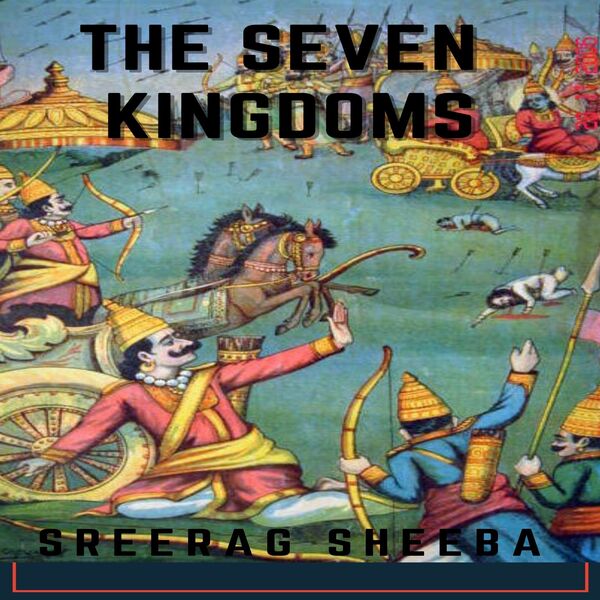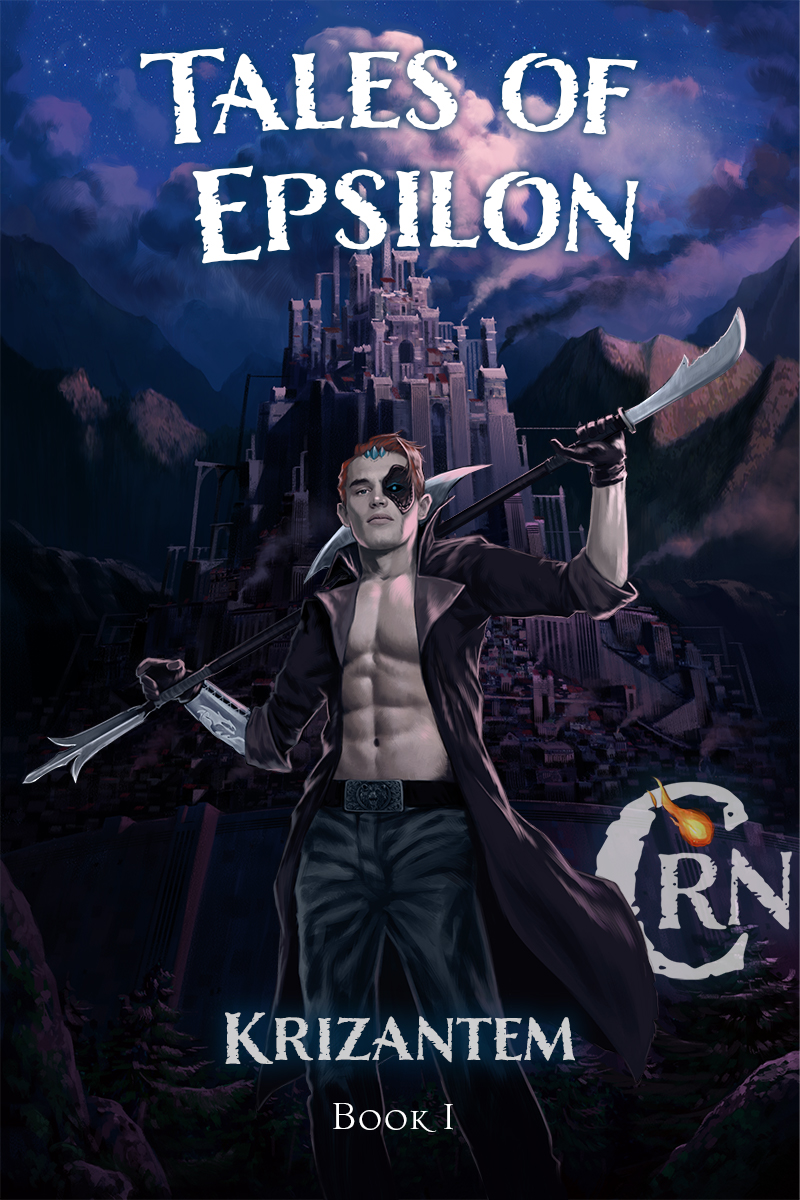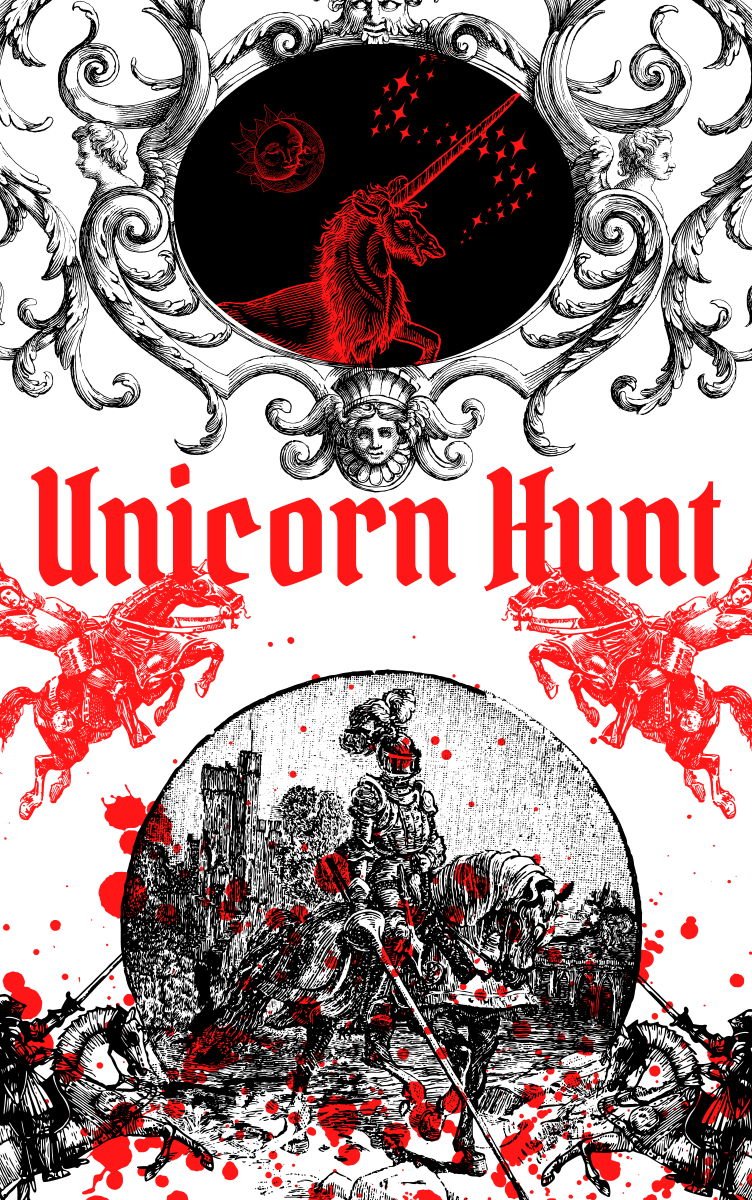In the College of Vultheras, in one of its musty libraries, hidden on an old shelf in some distant corner, one might find a book titled, “The Founding of Zentai and Other Histories” by a certain Abhender Norweg. He was a curmudgeonly explorer, old at the age of 27, that paddled the waters of Bastilhas in a wooden canoe. Scaling the sea-side cliffs in search of stone columns and cavernous cliff-side ruins started as a distraction from his real work, but as he dusted off relics and catalogued artifacts, he began to notice something peculiar.
Officially, Bastilhas was a country that claimed lineage from old Zentai, one of many colonial states supported by the then-empire of Yamahei. Four-hundred years before Norweg’s time, dragon-headed ships from the far west had taken shelter in a ‘north-most crater’ as they were battered by a fierce storm. It was only after the wind and rain had passed did the Yameans realize an island in their natural harbor would be perfect for an outpost, from which they could continue to explore their new continent.
The port of Yenzei therefore became important to Yamahei’s early colonization, and critically important in their skirmishes with nascent Baru, the tribes of Echokhet north of the Chotokhetzam, and the tribal alliance—ethnically similar to the Barusians—that would later become Edwindy. To maintain their foothold, the Yameans reclaimed land from the sea, built out the walls of Yenzei to the water’s edge, and turned the port into a fortress city known as Yamahei-Zei in its final days. The Baru called it the Nine-Point Star and the Echokhet referred to it as the Bahakhet, Cradle of the Mother.
Why the Barusians, Echokhet, and Proto-Edwindian tribes united against the Yameans was a matter of debate among scholars. What’s clear is that Yamahei underestimated the tenacity of the native tribes. Within a year Yamahei-Zei was sieged by the southern barbarians, and for forty days the Yameans suffered behind their walls. When the gates fell, and the barbarians poured into the streets, the Yameans mounted one final resistance. In the end, the city was lost and the colony of Zentai was abandoned.
An oral tradition held that many Yameans were allowed to live as subordinates to the natives, but the explorer and scholar Norweg noted that the people of Bastilhas bore little resemblance to those far-west ancestors. Their hair was typically blonde, not black, and their eyes were blue, a different color from the black and gray one would expect from Yamahei or even the Echokhet and Barusians, who had invaded.
The architectural influence of Yamahei was apparent in their curved, clay-tile roof tops and their favor of wooden walls. Mathematzen, Bastilhas’ God of Brass, was himself believed to have come from Yamahei during the first exile of the western gods. How was it, Norweg wondered, that modern Bastilhasians came to be?
The explorer was deep in his tomes of old lore, supping on a bitter brew of coffee beans in the early morning hours, when he found an important clue: A record of habitation, six-hundred years before the arrival of Yamahei. That was when the Olmenite Empire was at its height. It dominated the east continent, from its northern tip to its very southern end, and the modern peoples of all countries traced their ancestry along forgotten Olmenite divisions.
The Olmenites, it appeared, also inhabited the island that would become Yenzei, ruled by Zentai; later known as Vultheras. Although Yamahei arrived just two-hundred years after the fall of the Empire of Olm, their records made no mention of another people inhabiting the inlet. Norweg knew that couldn’t possibly be true, based on his exploration of the many ruins that were a catacomb in the mountains.
It was far more likely that the Olmenites endured in some fashion, shielded by their mountain range. When the Yameans arrived with their advanced ships, rather than serendipitously colonizing an abandoned island, they had perhaps conquered an Olmenite enclave. That blonde-haired, blue-eyed people couldn’t have been small in number. That their complexion was so prevalent in modern Bastilhas was evidence enough that there were many had survived the ancient empire.
Norweg needed more proof to support his theory, he needed funds to conduct digs beneath Vultheras and to uncover what foundations laid beneath Yamean masonry. His request for support from the college fell, largely, on the deaf ears of those he called ignorant, and stupid. There was no interest in Norweg’s pursuit of truth.
Politics were, of course, the reason. It was challenging to claim any heritage from the Olmenites, because the popular view held them to be an evil, arrogant people. Furthermore, the subterranean tunnels beneath Vultheras were believed to be Mathematzen’s very palace, and to investigate beyond the sewers was borderline heresy. Norweg was blocked by the royalty, the theocracy, and his own academics. In the end, he wrote a single book on the subject—his only published work—before he faded with his ideas into obscurity.
Norweg was last seen in his decline, with a head of white hair, and a backpack strapped to his shoulders. He left a note in his townhouse on the east side of Vultheras, in the shadow of its battlements, near the armored docks. That note was saved, before a fire consumed his home. It was tucked into the lining of his book’s binding and discovered as a rite of passage by first-year college scholars.
They hide the truth, his note read in the well-written letters of a fountain pen. They knew, all along, where we came from. It was beneath our very streets. Why did the tribes first avoid this place? Why did they attack the Yamahei? The Echokhet called Vultheras the Cradle of the Mother, but in their tongue, it is considered like a womb. The Olmenites that hid here were not some agrarian folk, they were scholars. They protected something, even after the fires of war turned their empire to ash. It was a treasure that even a god covets. Mathematzen must know. I want to know. What legacy did our ancestors leave for us to find?
The words of Abhender Norweg, known as Norweg the Mad in the modern day, were never taken seriously by the youth that read them. They were seen as a lesson, that one should not walk in the footsteps of the Olmenites. However, not everyone was so ready to accept the official history. For those that still believed in wonder and mystery, the note was an inspiration; there were still questions unanswered.
Norweg descended into the sewers and never returned. Centuries had passed since his time and he was surely dead, if not by the age that takes all things, then by the god he was so ready to agitate with mortal curiosity.
Yet, there was a rumor of men in black cloaks that traveled the alleys of Vultheras on a stormy, moonless night. Slick with water, hoods hiding their heads, they avoided the lamp light. A sewer grate was opened and they darted out of view. An attentive barkeep noticed that, beneath their cloaks, they wore milk-white horned masks.
In the pub, scholars and burghers traded stories, and complained about academic restrictions or guards that didn’t patrol well enough. An old explorer’s ramblings of Olmenites and secrets, and tavern rumors, were often dismissed by the same ear. It was high-rank adventurers that kept their eyes to the door. They knew there was more to the Knights of the Devil King than children’s stories. If those clever shadows thought there was something beneath Vultheras, then maybe…
Norweg wasn’t mad after all.










